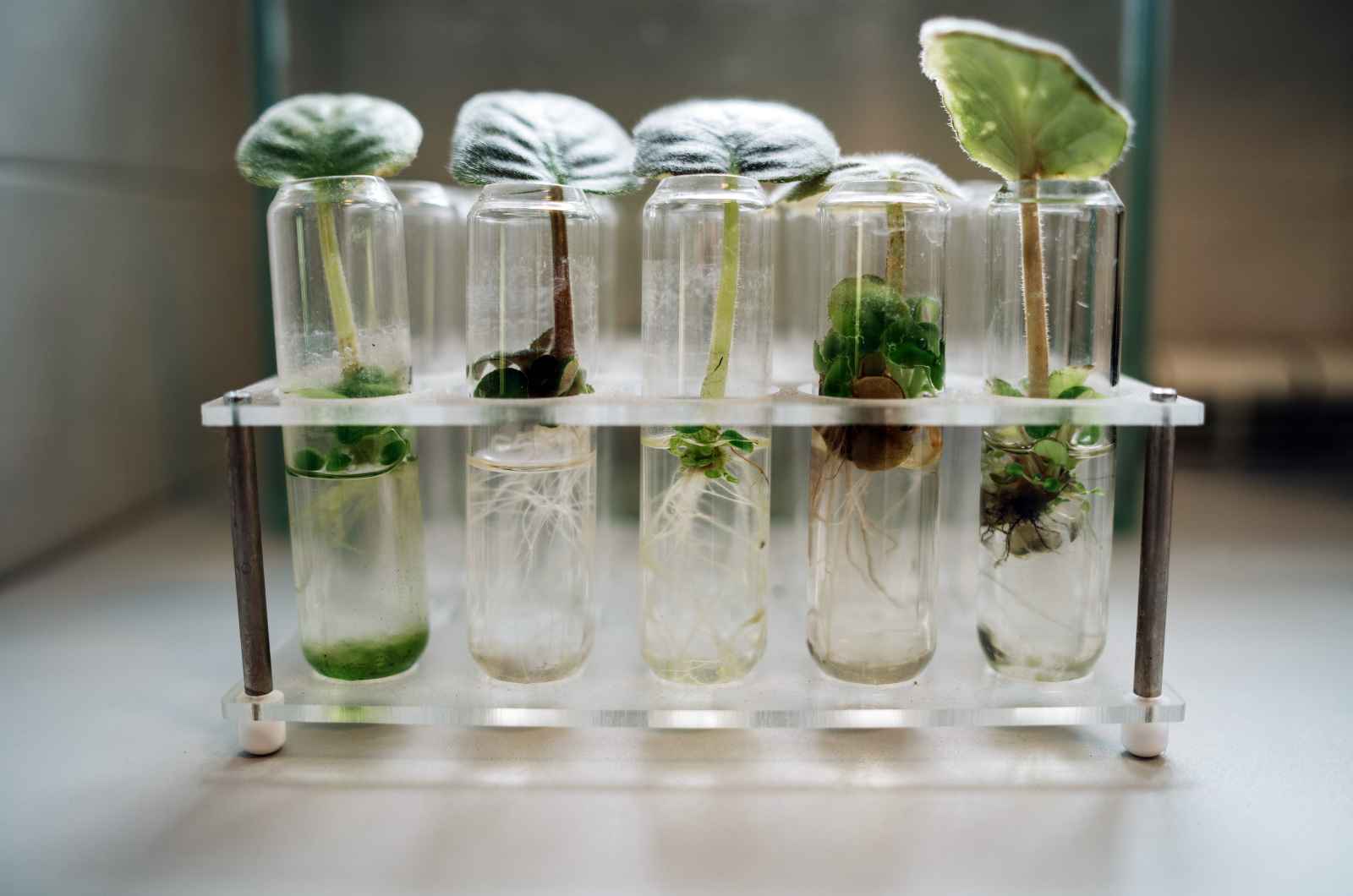?What is Water Stress in Plants
water stress in plants occurs when the demand for water exceeds the amount available in the soil. Think of it like a bank account where expenses exceed income – the plant begins to suffer. Water is essential for growth, photosynthesis, nutrient uptake, and cell expansion.
Various factors can cause water stress, such as prolonged drought, high salt levels in the soil (salinity), or inefficient irrigation methods. All of these make it difficult for the plant to absorb the water it needs. Understanding the causes and consequences of water stress is the first step towards improving plant resilience and their ability to thrive even in challenging conditions.
?What are the Physiological Responses to Water Stress
When a plant is under water stress, it activates a variety of defense mechanisms to survive. Let's dive into some of the key physiological responses:
- Stomatal Closure: One of the first responses is the closure of stomata, the small pores on the leaves through which gas exchange occurs. Closure reduces water loss through transpiration, but also limits the uptake of carbon dioxide needed for photosynthesis. It's a bit like closing a window on a hot day – on the one hand, it's more pleasant, but on the other hand, less fresh air enters.
- Reduced Cell Expansion: Water stress inhibits cell expansion, leading to reduced leaf size, stem elongation, and overall growth. Cells need water to maintain turgor pressure, which gives them rigidity and allows them to grow. When there is not enough water, the plant begins to wilt.
- Osmotic Adjustment: Plants suffering from water scarcity often accumulate substances such as sugars, amino acids, and inorganic ions in their cells. This process, called osmotic adjustment, helps them maintain cellular osmotic potential and prevent dehydration. It's like adding salt to water to lower its freezing point – the cells stay "full" longer.
- Metabolic Changes: Water stress causes changes in plant metabolism, including the production of antioxidants and stress-resistant proteins. These changes help the plant cope with the damage that may result from water stress. If you want to monitor and analyze these responses accurately and efficiently, you should get to know the PlantArray system.
?What are the Molecular Responses to Water Stress
Beyond the visible physiological responses, water stress triggers a chain of complex molecular processes within the plant. Let's take a peek behind the scenes of these responses:
- Gene Expression Regulation: Water stress affects which genes are turned on or off. Certain genes, related to stress signaling, osmotic regulation, and protection against damage, receive a "boost" and begin to be produced in larger quantities. Conversely, other genes may be silenced. It's like an orchestra where the conductor decides which instruments will play louder depending on the situation.
- Hormonal Regulation: Plant hormones play a key role in mediating responses to water stress. Abscisic acid (ABA) is a key player, leading to stomatal closure, gene expression regulation, and promotion of osmotic adjustment. Ethylene, jasmonic acid (JA), and salicylic acid (SA) are also involved in signaling pathways that regulate plant stress tolerance. Each hormone contributes its part to help the plant cope.
- ROS Signaling: Water stress causes the accumulation of reactive oxygen species (ROS), which can damage cells. However, ROS also serve as signaling molecules that trigger adaptive responses to stress. Plants use various antioxidant defense mechanisms, such as enzymes, to neutralize ROS and maintain balance. It's like an alarm system that warns of danger, but also activates the defense systems.
How Can the PlantArray System Measure Plant Response to Water Stress?
So how can we even track all these complex responses of the plant to water stress? This is where the PlantArray system from Plant-Ditech comes in. This is an advanced gravimetric phenotyping platform, specifically developed to monitor and analyze the physiological responses of plants in real time.
What are its advantages? First of all, high throughput. The system can track a large number of plants simultaneously, allowing for experiments with higher statistical power. Secondly, continuous monitoring. PlantArray allows continuous tracking over time, so you can get a complete picture of the dynamic processes occurring in the plant.
In addition, the system is equipped with advanced sensors and precise weighing technology, which ensures accuracy in measurements. And to process all this data, there is the SPAC software, which offers tools for automatic data analysis, saving time and effort and allowing you to extract meaningful insights quickly. With PlantArray, you can take your research one step further.
What are the Implications of Water Stress on Plant Growth and Yield?
Water stress has significant effects on plant growth and yield. First, it can reduce yield due to impaired photosynthesis and nutrient uptake. The plant cannot produce enough energy and absorb the materials it needs, which impairs growth and fruit development.
Second, prolonged water stress can cause premature aging of the plant, shortening its productive lifespan. In addition, it can impair the absorption of essential nutrients, leading to mineral deficiencies and imbalances. All of these adversely affect the overall health of the plant and its ability to produce a quality yield.
What Strategies Exist to Improve Plant Tolerance to Water Stress?
So what can be done to help plants cope with water stress? There are several effective strategies. One can focus on cultivating varieties with high drought tolerance, which can survive and thrive even in harsh conditions. In addition, agronomic methods can be implemented to conserve soil moisture, such as mulching and conservation tillage. Finally, efficient irrigation management, using advanced technologies, can maximize water productivity and reduce waste.
Understanding the complex responses of plants to water stress is critical to ensuring food security in a changing world. By exploring the physiological and molecular mechanisms, we can develop more effective strategies to improve plant resilience. The PlantArray system from Plant-Ditech serves as a valuable tool in agricultural research and development, allowing us to gain deeper insights into plant responses and find innovative solutions to address water challenges.
